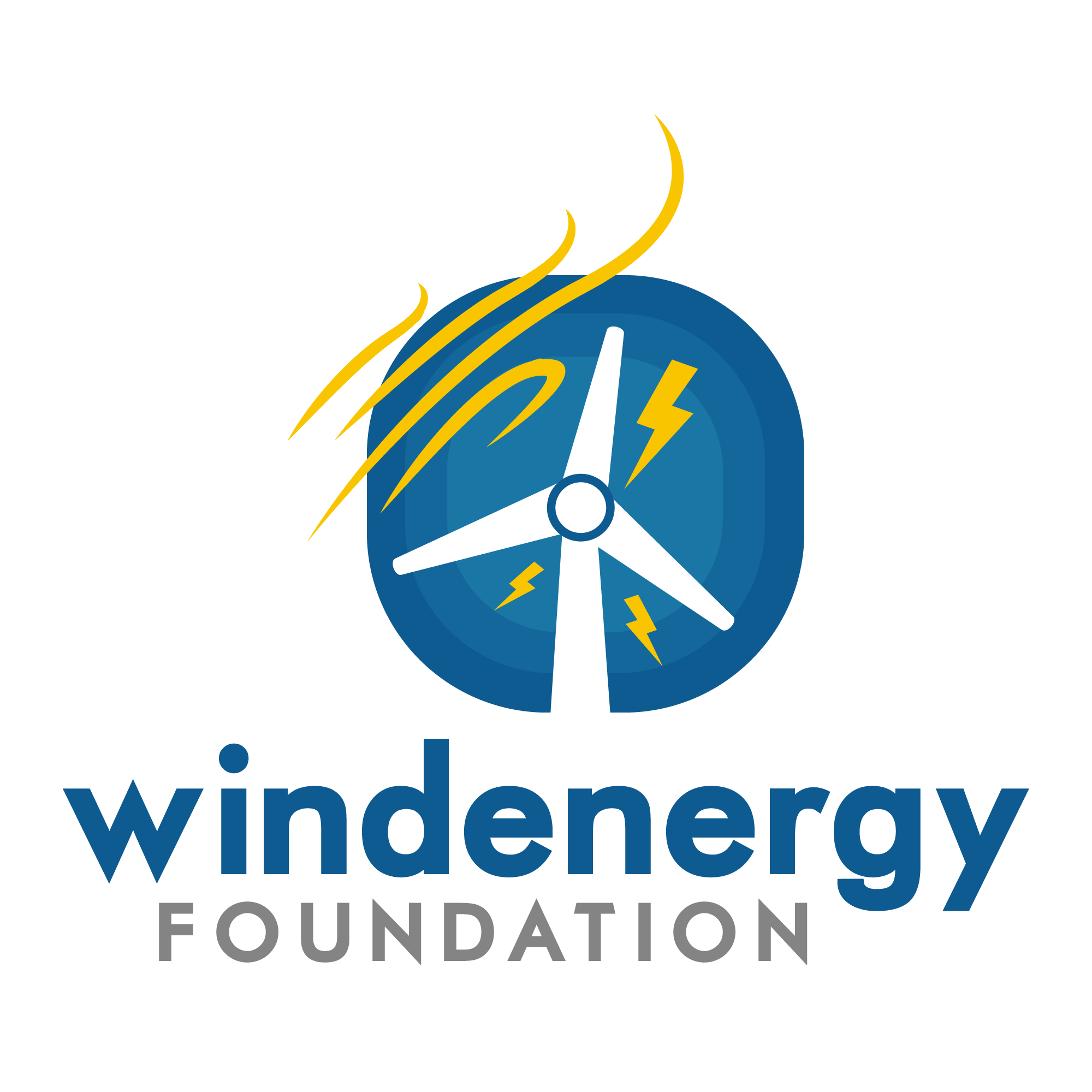Renewable energy is now the fastest growing source of electricity in the US, and in 2019, wind power usage surpassed that of hydroelectricity, with around 300 billion kWh being produced through wind power over the year. There are 57,000 wind turbines in the US, which you can view on the US Geological Survey’s interactive map.
Why use wind energy?
Using energy from the wind to generate electricity has many advantages which make it increasingly popular. The idea to use wind power originated around 5000 BC, although modern-day advances and technology means that wind power is better and more cost effective than ever. More wind power is being used each year to meet the ever-increasing demand for electricity in the US and in 2019, 24% of renewable energy consumption in the US was generated through wind power.
What does the wind industry offer?
- There is a full scope of wind turbine sizes to accommodate a variety of needs, from small distributed systems for powering homes and ranches, to giant multi-megawatt offshore turbines. There are now so many turbines in the US, that 100 gigawatts usage has been passed; enough to power millions of homes.
- As wind is free, the energy it creates is cost effective, meaning utilities can lock in wind energy prices for 20-30 years.
- More than 500 American manufacturing plants are building wind power components which makes wind power good for the US economy.
- Each year, wind installations save the nation over 87 billion gallons of water from being used in conventional power plants. As it is a clean energy source that does not emit harmful air pollution or use water, it is a good source of energy for the environment.
With so many reasons to use wind power, it is no surprise that over 80% of Americans think we should use more of it.
How wind power works
The Earth’s surface is made up of different types of land and water which absorb the sun’s heat at different rates, which causes the movement of the air to create wind.
During the day, the air above land heats more quickly than the air above water. The warm air over the land expands and rises, while the cooler air above the water rushes in to replace it, creating wind. At night, the wind moves in the opposite direction due to air cooling more rapidly over land than water. This is known as the daily wind cycle. This also happens on a much larger, global, scale due to the air at the equator being heated more by the sun than the air at the North and South poles.
The kinetic energy in wind is converted into mechanical or electrical power by wind technologies. The amount of wind power available is proportional to the cube of its speed, meaning that if the wind speed doubles, the power available to the generator increases by a factor of eight.
The rotor blades of a wind turbine, which are similar to an airplane’s propeller blades, generate lift from the passing wind, causing the hub of the turbine to rotate. This action then turns a generator, creating electricity.
A pocket of low-pressure air forms on the downwind side of the blade as the wind blows. The blade is pulled towards this pocket which turns the rotor; this is called ‘lift.’ The lift creates a force much stronger than that of the wind against the front side of the blade, called ‘drag.’ The lift and drag combination is what makes the rotor spin.
Wind turbines are mounted on a tower at least 100m (30ft) above the ground, where the wind is faster and less turbulent as it doesn’t have to compete with friction from the ground. Optimal wind turbine placement is 50m above ground level in an area where wind speeds reach 16-20mph. It is also important for utility-scale power plants to be located near existing power lines.
For utility-scale sources of wind energy, turbines are usually built close together to form a wind farm that provides bulk power, although they can be used on a much smaller scale for water pumping, communications, or even individual residential properties and farms. Wind technology can also be combined with photovoltaic systems.
How wind power works
There are many different sizes and styles of wind turbine depending on what they are to be used for. The most common style, which exists in different sizes, is the “horizontal-axis design”. This style of turbine has two or three blades which spin upwind of the tower and have axes horizontal to the ground.
Savonius and Darrieus turbines are less common and have vertical axes. The Darrieus turbine was invented in the 1920s in France and has vertical blades that rotate into and out of the wind. It is sometimes likened to an eggbeater. The Savonius is a drag-type turbine which turns relatively slowly but yields a high torque. Although its slow speeds make it inefficient for generating electricity, it is useful for grinding grain, pumping water and other tasks. If viewed from above, it has an S-shape.
Large wind turbines that are used to generate power to a grid range from 100 kilowatts up to the enormous multi-megawatt machines being manufactured and tested in Europe. Larger, heavier turbines are placed on towers that are up to 100m high and have blades that are 30-60m long. Wind farms can consist of just a handful or hundreds of turbines that power whole towns, and are usually placed in groups or rows to take advantage of prime windy spots.
